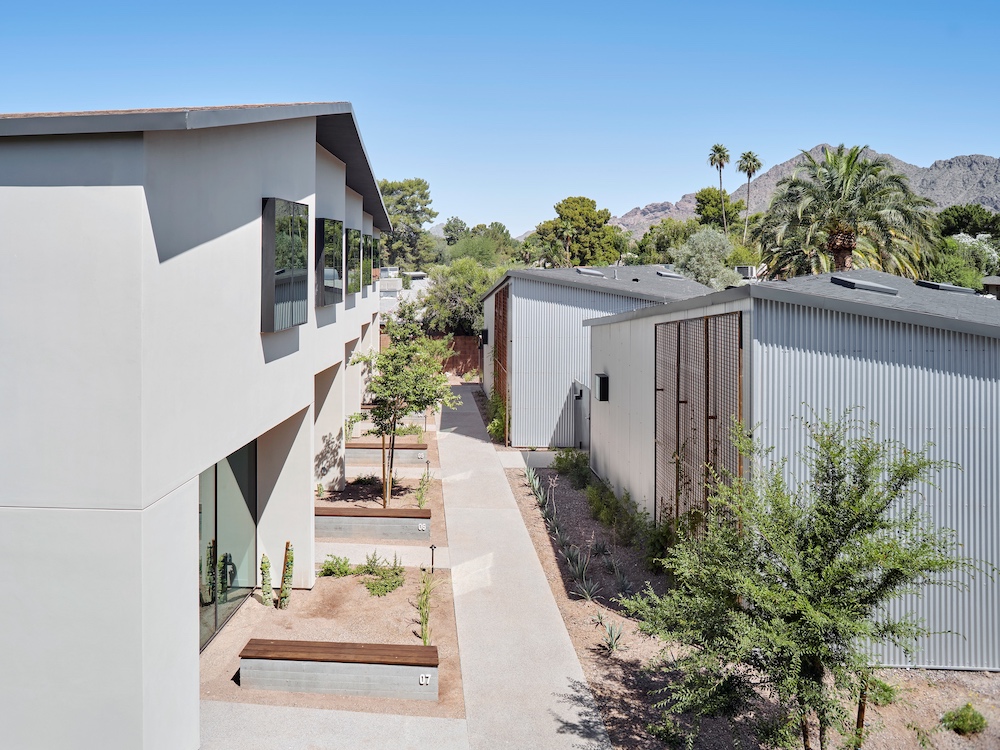Most of the world watched in horror two years ago as the Notre Dame Cathedral in Paris went up in flames. Thanks to the work of courageous firefighters, however, the basic structure was saved, though its spire and much of its roof were destroyed. Reconstruction is well underway now, but funds are still needed to complete the cathedral’s restoration. A+A recently interviewed Friends of Notre-Dame de Paris President Michel Picaud, who today shares where the cathedral rebuilding progress is currently, and the nonprofit’s new program for engaging the public going forward:
Some background on the cathedral?
The history of Notre-Dame Cathedral is closely linked to the history of France. Built in the 12th century, Notre-Dame Cathedral has evolved over the centuries to become not only a symbol of worship in Paris, but a cultural heritage monument beloved by millions around the world.
The first stone was laid in 1163 by Bishop Maurice de Sully in the presence of Pope Alexander III. Until the mid-13th century, the cathedral was the largest religious monument in the Western world. Notre-Dame Cathedral was modified several times throughout the centuries, and then was largely neglected as the Gothic style fell out of favor in the 16th and 17thcenturies. Damaged and badly in need of restoration, public interest was renewed in the cathedral after the publication of Victor Hugo’s “The Hunchback of Notre-Dame” in 1831. A major renovation took place from 1845 through 1864, spearheaded by architects Eugene Viollet-le-Duc and Jean-Baptiste Lassus (and by Viollet-le-Duc alone after Lassus died in 1857). It was during this restoration that Viollet-le-Duc added the spire and decorative grotesques statues that we know today.
For a visual timeline of Notre-Dame Cathedral’s construction over time, see the video on this page.
The damage done by the fire?
The fire destroyed the spire and damaged over three quarters of the roof, including burning the famous “forest” – the lattice of trees that made up Notre-Dame’s attic underneath the roof. The cathedral also sustained water damage from the massive amounts of water needed to put the fire out, and it was covered by a layer of lead dust which poses a risk to both the cathedral and its treasures as well as the people working on the building.
The cathedral’s current status?
Today the cathedral is secured. Testing of restoration techniques has been made in two of the 24 chapels of the choir and of the nave, chapels Saint-Ferdinand, and Notre-Dame de Guadalupe, and lead decontamination of the building will take place until the end of 2021. The ground has been prepared for the reconstruction itself that will start beginning of 2022.
What is the Safety Phase?
The Safety Phase is the first phase of the reconstruction, in which experts secured the structure of the cathedral to prevent further damage and assessed the reconstruction and restoration needs, including testing techniques. It began in 2019 and will conclude mid- 2021, as work paused for several months during 2020 because of the COVID-19 pandemic.
What was achieved during that time?
Safety works included:
• Installing a tarp above the vaults to protect from rain
• Lead decontamination
• Fortifying the north, south and west gables, especially to protect the 3 large rose windows
• Fortifying the most damaged pillars of the nave
• Reinforcing the flying buttresses
• Wrapping and protecting the gargoyles and other sculptural elements of the north and south towers
• Removing burned and melted scaffolding that had previously surrounded the spire
• Installing scaffolding inside the cathedral to reinforce the vaults
Who are the architects for the reconstruction?
There are three architects in charge – the chief architects of Historical Monuments: Philippe Villeneuve, Rémi Fromont and Pascal Prunet
Their assignment?
Notre-Dame Cathedral to the National Commission for Heritage and Architecture (CNPA), the advisory council that handles important restoration projects in France, made the decision to restore the cathedral to its last “complete, coherent and known” state, meaning the appearance of the cathedral as it stood the morning of April 15, 2019, including rebuilding Viollet-le-Duc’s version of the spire.
The estimated completion date?
2024 is the target date to reopen the cathedral to visitors. However, the full restoration won’t be completed until the end of the decade.
Funding needs for the full restoration are still huge, and donors are encouraged to contribute here.
[slideshow id=2303]


